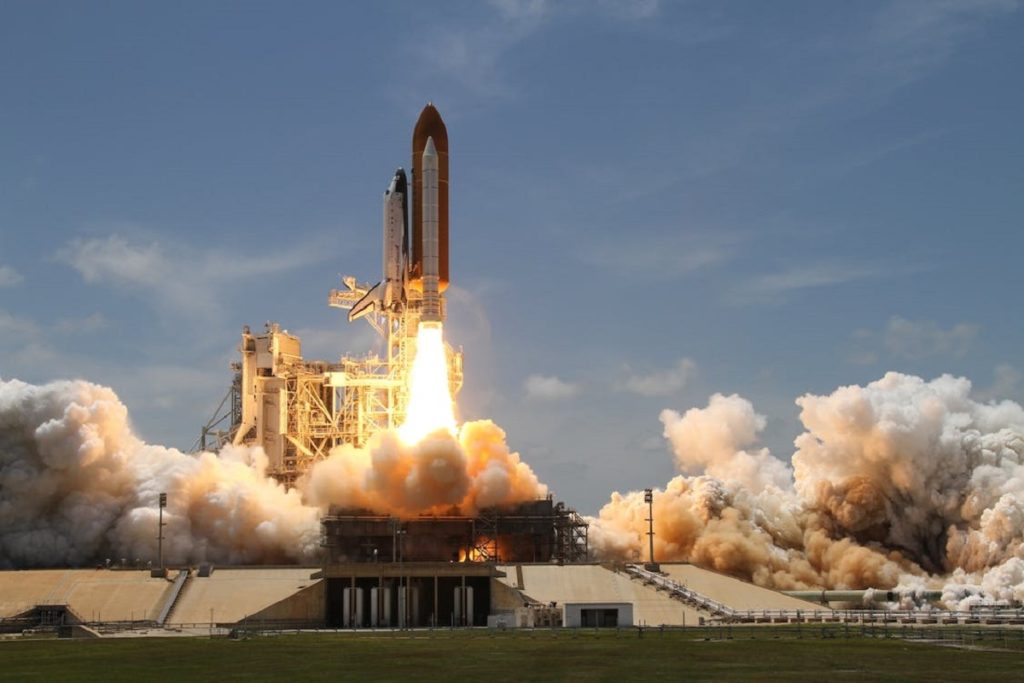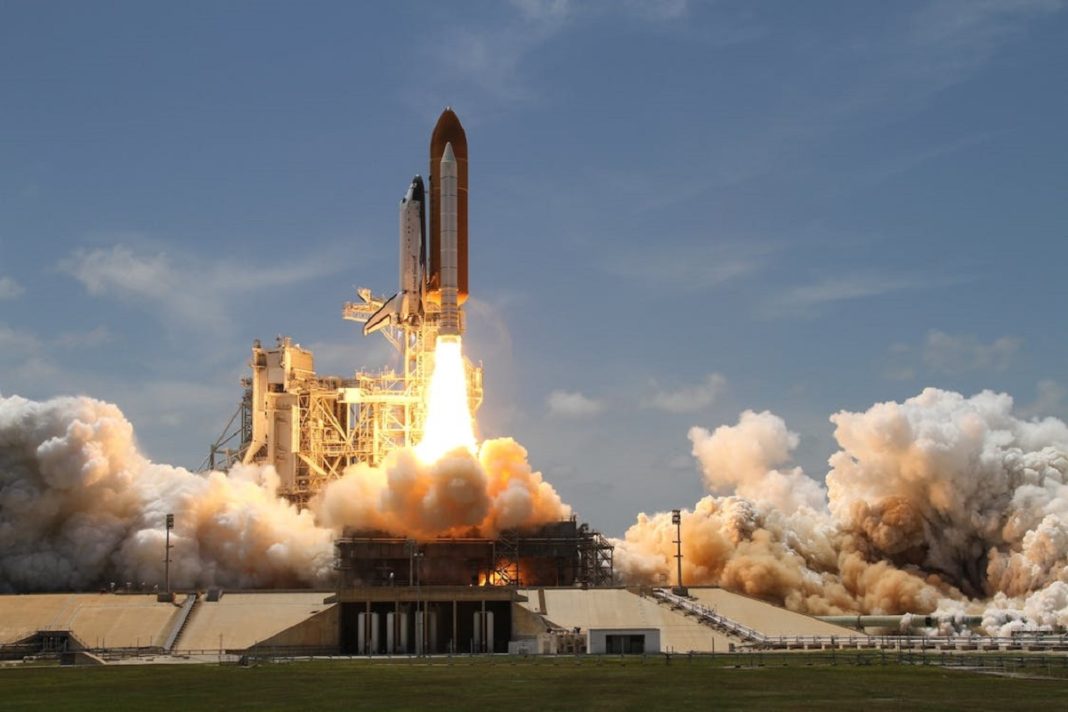The launch was announced on February 22 after Relativity Space secured its launch license from the Federal Aviation Administration. The mission, titled “Good Luck, Have Fun,” will test if Terran 1 can reach orbit. It will also test Relativity Space’s proprietary 3D printing technology, which combines 3D metal printing, artificial intelligence, and autonomous robotics to create rockets from raw material within 60 days.

At 110 feet tall and 7.5 feet wide, Terran 1 is the largest 3D-printed object to attempt orbital flight. The rocket’s software-driven architecture is “…capable of accommodating satellite customers’ evolving needs, while also providing the most agile and affordable launch service on the market.”
Terran 1 will not be carrying any payloads on its first flight, but NASA has signed a contract with Relativity Space to launch a small satellite with the rocket in the future. The contract is part of NASA’s Venture-Class Acquisition of Dedicated and Rideshare (VADR) missions. According to NASA, VADR will provide new opportunities and science and technology payloads and foster the growing U.S. commercial launch market.
Relativity Space is also working on Terran R, a fully reusable and entirely 3D-printed launch vehicle. It would be capable of launching 20 tons to low Earth orbit and is designed to offer customers a “point-to-point space freighter capable of missions between the Earth, Moon, and Mars.” Terran R will launch from Cape Canaveral, starting in 2024.
According to tomorrowsworldtoday















